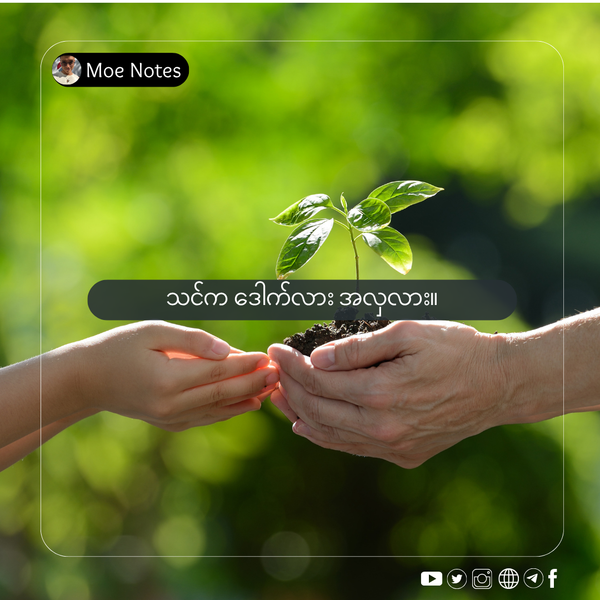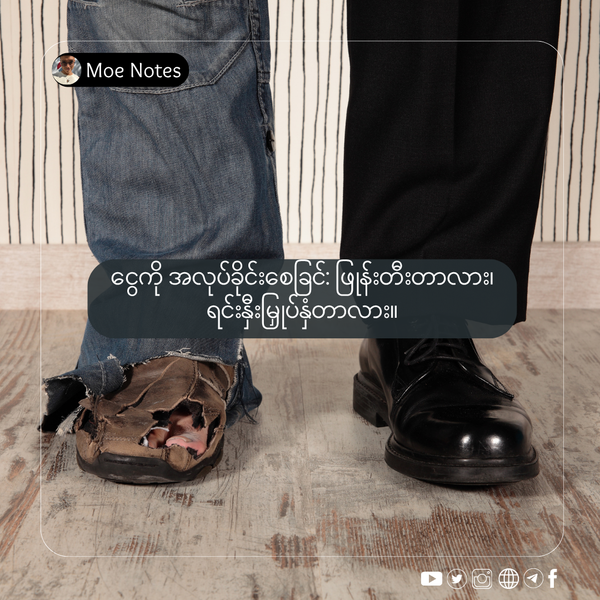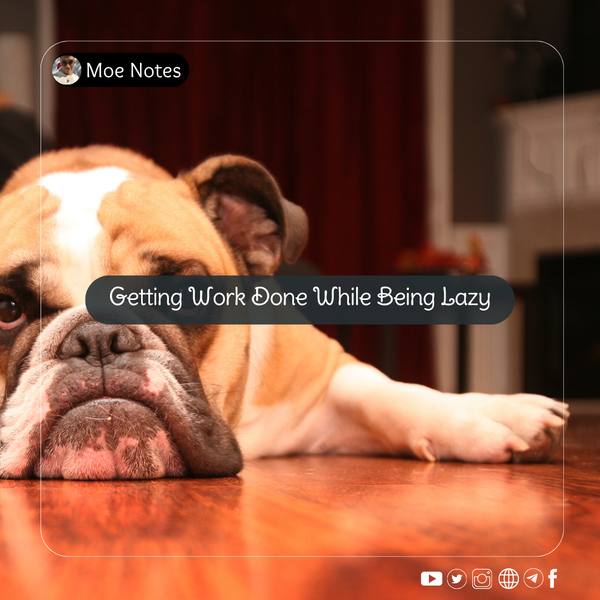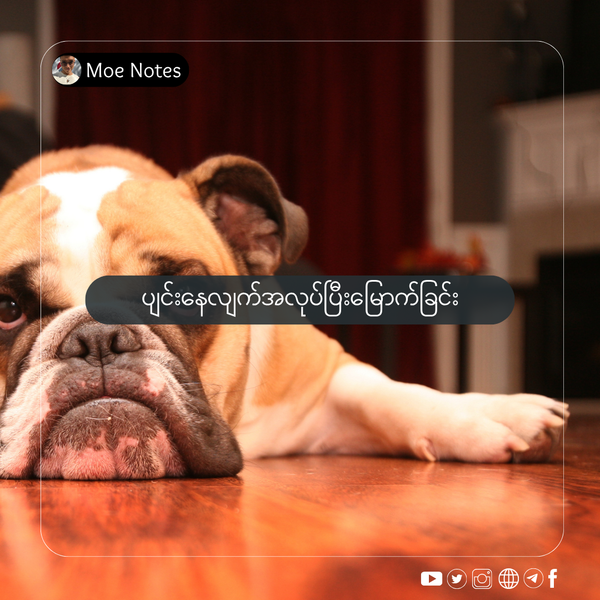A Day in the Life of an Architecture Student at Oxford Brookes
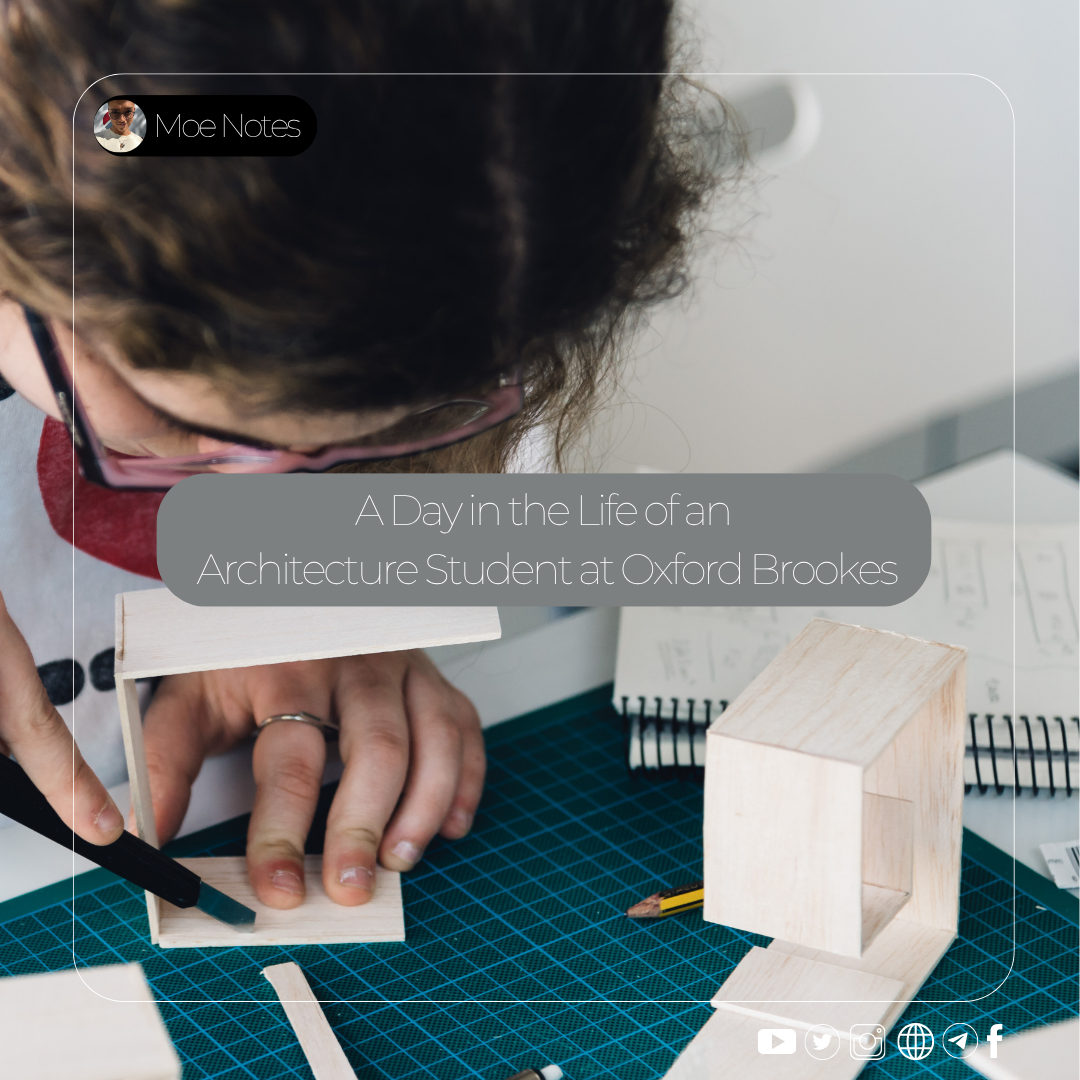
This article is also available in [Burmese]
Disclaimer: This is not a depiction of my most productive day (my "prime time"). It's simply a portrayal of a typical day in the life of a first-year architecture student. There are better, more disciplined days, and there are certainly more chaotic ones.
My title today seems grand, but what I’m going to write about is the reality of a typical Tuesday for an architecture student. Tuesday is one of our two Tutorial Days of the week. This means it’s the day we face our tutors and receive advice and criticism on everything we’ve worked on over the weekend. Therefore, the preparation for this day begins on Monday night.
02:00 AM - The Midnight Oil
I’m finally going to sleep. Yes, at 2 AM. My sleep schedule is a mess. I’m constantly trying to bring it back to a more reasonable 11 PM, but with deadlines and projects, it always ends up getting pushed later. I know that sleep is crucial, but for an architecture student, it often feels like a luxury.
Sleeping at 2 AM and waking up at 8 AM means I only get six hours of sleep, which is not enough for me. That’s why, unless it’s a day with a mandatory tutorial or presentation, I don’t set an alarm. I let my body get the rest it needs.
09:00 AM - Preparing for the Day
I wash my face, brush my teeth, and then shower and wash my hair. After a complete hygiene and skincare routine, I feel refreshed and ready to start.
Then, I head to the kitchen to prepare for the most critical part of the day: nutrition. I usually cook my meals for the day in one go. My standard breakfast is a shake made with Huel Black Edition, a banana, a generous amount of strawberries, and 400ml of soy or coconut milk. This is the quickest and easiest way to get the calories and protein I need for the day. I follow that with a glass of Huel Daily Greens. Without these two, I’ll be starving and dizzy by the afternoon.
I then quickly cook two portions for lunch and pack them in a container to take to the university.
09:45 AM - The Departure
I do a quick clean-up of my room, pack my bag with my laptop, iPad, charger case, water bottle, and food, and get dressed. It’s always cold outside, so I wear at least two layers under my puffer coat. After putting on my helmet and checking my bike lights, I’m out the door.
10:00 AM - Arrival at the Studio & The Start of Tutorial Day
After a 15-minute bike ride, I arrive at the architecture department’s tutorial space. This place is like our second home.
A tutorial isn’t like a lecture where you sit and listen. It’s a practical session where you discuss your week’s work with your tutor in a small group of 4-5 students.
Our workflow generally follows this pattern:
- Research: We research a topic using the library and online journals.
- Application: We start to give form to those ideas using AutoCAD for 2D plans and Rhino 3D for 3D models.
- Feedback: We present our work-in-progress to our tutors to get advice and criticism.
- Revision: Based on the feedback, we refined our ideas using tools like Photoshop and InDesign.
- Execution: Finally, we develop the refined design into a final presentation.
Today is all about the most crucial step in that workflow: Feedback.
10:30 AM - 12:30 PM - A Break and“"Moe’s Notes” Time
Before my tutorial slot, I take a short break at the Co-op downstairs with a Cheddar Croissant. These small pockets of free time are my chance to escape from my university work and focus on “Moe’s Notes.”
I reply to messages and comments on the page, jot down rough ideas for future content, and sometimes take a few new photos around the campus. Balancing university work and the page isn’t easy. Sometimes I have time to write, and sometimes I don’t at all. But succeeding in my studies gives me good content for the page, and the success of the page, in turn, boosts my confidence in my studies.
12:30 PM Onwards - The Tutorial Session
This is the main event of the day. I present the models and drawings I’ve prepared to my tutor.
- Me: “Tutor, for this week, I’ve rethought the site model and developed it in this direction..."
- Tutor: " Kay, why did you make that change? How does it connect back to your core concept? Does the material you’re using here support your design narrative?”
I have immense respect for our tutors. They are all practising professionals, and it’s not an easy job to listen to each student’s different ideas with patience and provide guidance. But they are always so engaged, and talking with them when you’re feeling stuck can feel like a therapy session.
The Hybrid Workflow - Studio vs. Home
An architecture student’s workspace is not fixed. Sometimes, my desk at home is the best place to be, and at other times, the university studio is essential. Where I work depends on the task at hand.
- When to Work at the University (Studio):
- When Specialised Equipment is Needed: For things like laser cutters, 3D printers, or large-format A1 poster printing, the university’s workshop and print room are indispensable.
- For Group Projects: The studio is the best place to build models together and have collaborative discussions.
- When Instant Feedback is Needed: When you’re stuck on a design problem, the ability to immediately ask for an opinion from a tutor or a classmate is invaluable.
- When to Work at Home:
- When Deep Focus is Required: For tasks that require intense concentration, like research or writing essays, the quiet of my room is best.
- When Powerful Hardware is Needed: When my personal computer is more powerful than the university’s (e.g., for heavy rendering with V-Ray), working from home is more efficient.
- For Comfort & Versatility: The comfort of my dual-monitor setup, ergonomic chair, and personalised environment boosts my creativity.
Working in this hybrid model allows me to leverage the advantages of each location to maximise my productivity.
5:00 PM - 9:00 PM - The Second Shift
I get home from the university around 5 PM, but the day is far from over. The most important part is just beginning.
1. Cooking & Refuelling: The first thing I do when I get home is cook dinner. For me, this is a form of meditation, a way to rest the part of my brain that has been running on dopamine all day.
2. Synthesising the Day: While eating dinner, I review everything I discussed with my tutor and the new ideas I got from my friends, and I write them down. The tutor’s question, “How does this connect back to your core concept?”, a new software trick a friend showed me—all of this gets turned into a to-do list. This is my roadmap for the coming days.
3. Prioritising the Workload: An architecture student’s workload is never-ending. So, prioritising is key. My to-do list usually looks something like this: * Work left over from the previous week. * Work that is due in the next week or two. * Preparations for the following tutorial. * Work from other modules, from history essays to technology research. * Learning a new software or technique. * Digital housekeeping: deleting unnecessary files, updating software, etc.
4. Being Human: Amid this massive to-do list, we must not forget that we are all human. Sometimes, the brain refuses to work anymore. In those moments, instead of forcing it, it’s more effective to go to the gym, take a bike ride, or play an online game with friends. Talking and joking with my girlfriend or catching up with friends is the best medicine for the day’s exhaustion. Come on, we are all human.
The Art of Work - The Myth of the “Flow State”
People often talk about the “Flow State” in creative work—that magical condition where you lose track of time and your best work pours out of you.
Yes, the flow state is real. But for a student like me, it’s not something you can summon on a 9-to-5 schedule. Most of the time, I’m not in a flow state. I’m dealing with a lack of interest and procrastination.
So, how do you do good work when you’re not in the mood?
The answer is to divide your work into two types:
- Low-Intensity Work: These are the repetitive tasks that don’t require much brainpower. For Example, tasks such as batch editing photos in Photoshop/Lightroom, arranging layouts in your portfolio, or fixing line weights in Illustrator. When I do this kind of work, I usually put on some chill music or a podcast. It doesn’t feel like work; it’s more like a meditative, calming activity.
- High-Intensity Work: These are the critical tasks that involve making important decisions and generating new ideas that can change the entire direction of a project. When I do this kind of work, there’s no music. The phone is on silent, and I am entirely immersed with full concentration.
Don’t Wait for the Flow State; Build Discipline
To do good work, you don’t need to be in a flow state every day. Architecture is not just a series of creative breakthroughs. It’s a balance between tedious, repetitive tasks and intense,innovativee work.
Your job is not to wait for the flow state to arrive. It’s about having the discipline to do the necessary low-intensity work every day, regardless of your feelings. And it’s in the middle of doing that work that the flow state sometimes arrives on its own.
Protecting Your Focus - The Non-Negotiable Rules for Success
To succeed amidst such an intense workload, the most important thing is to protect your focus. Your time and energy are limited resources.
- Eliminate Distractions: Social relationships, romantic drama, and the pursuit of fleeting pleasures can easily destroy your long-term goals. Do not hesitate to remove any ties from your life that is emotionally draining or wastes your time.
- Value Your Time: You should only have two kinds of time: Productive Time and Down Time. Both are investments in your future.
- Reject Worthless Work: Unless you are in a situation where survival is more important than your degree, say no to “bullshit” jobs like low-paying part-time work. They may give you a small amount of money, but they will steal your most valuable assets: your focus and your energy. Investing that time in your university projects or in your creative passions like “Moe’s Notes” will be far more beneficial in the long run.
No matter what, you must manage your life in a way that nothing can interfere with the time you need to achieve your goals.
"Even if the air around them is polluted, the little birds can still fly freely. They can still flap their wings."
In the same way, no matter how messy the studio gets, no matter how stressful the deadlines are, we students are still giving our ideas the freedom to fly. We look at each other’s projects, get curious, offer advice, and laugh together.It’ss this studio culture that provides us with the strength to get through this challenging journey together.
And so, the day ends. After leaving the university in the evening, it’s back home for dinner, a short break, and then more work on the projects for the next day. This is the never-ending cycle of an architecture student. It’s exhausting, but the feeling of seeing your idea slowly come to life as a tangible form is something that cannot be replaced by anything else.
